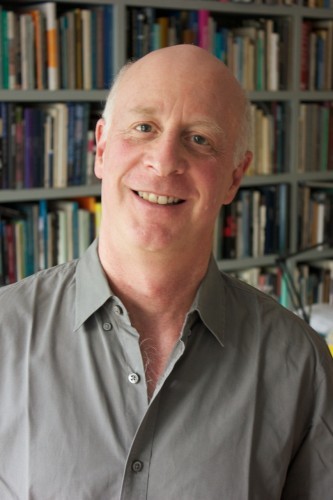
There’s a saying that goes “Those who can’t do, teach.” But many could also claim: “Those who can’t do, critique.” Criticism, particularly Architecture Criticism, tends to get a bad rap for being subjective, impenetrable, and - ultimately - useless. But Paul Goldberger, a champion of the craft, would disagree.
In his acceptance speech for the Vincent Scully Prize earlier this month, Goldberger, the long-time architecture critic for The New York Times and current contributor to Vanity Fair, suggests that Architectural Criticism isn’t just vital - but more important than ever before.
With the advent of visually-oriented social media like Twitter, Pinterest, and Tumblr, it’s never been easier for the architectural layman to observe, share, and consume architecture. However, in the midst of this hyper-flow of image intake, Goldberger argues, meaning gets lost.
That’s where the critic comes in.

















.jpg?1375481847)











